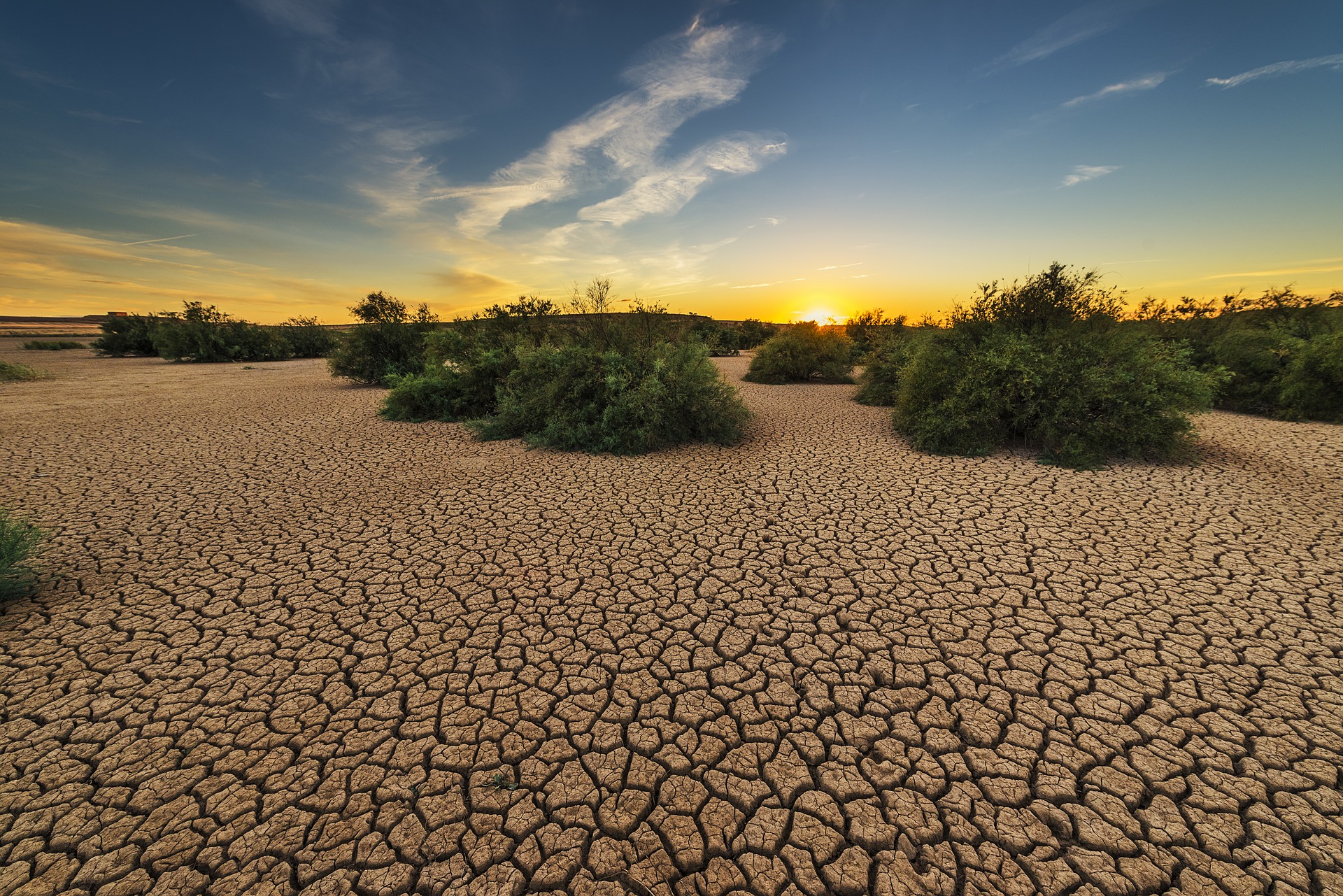
With 99.39% of the state experiencing severe drought or worse, Gov. on April 21, 2022, Spencer J. Cox issued an Executive Order declaring a state of emergency due to drought. This declaration raises awareness and allows drought-affected communities, agricultural producers and others to officially begin the process that may provide access to state or federal resources.
The last time conditions warranted a drought declaration was when Gov. Spencer J. Cox issued an executive order on March 17, 2021. At that time, 90% of the state was in extreme drought, with 100% of Utah experiencing at least severe drought conditions.
At the time of the declaration in mid-April:
- All of Utah’s 29 counties were experiencing some level of drought.
- Utah has been in drought eight of the last ten years.
- Three of Utah’s top 42 reservoirs were less than 20% full.
- Two of Utah’s top 42 reservoirs were less than 5% full.
The drought declaration is a recommendation of the Utah Drought Review and Reporting Committee (DRRC), chaired by Brian Steed, executive director of the Utah Department of Natural Resources (DNR), and activates the Drought Response Committee.
How is the Drought Response Committee activated?
A Utah drought webinar is held on a monthly basis to monitor conditions. Based on the information from these meetings, the recommendation was made to activate the DRRC, which met on March 15 and January 14. The DRRC is required to meet state code and by Utah’s Drought Response Plan, which requires the state to prepare for, respond to and recover from emergencies or disasters, with the primary objectives to save lives and protect public health and property. Once a drought declaration is formally issued by the governor, the Drought Response Committee is activated.
Agencies represented on the committee include the Governor’s offices of Management and Budget and Economic Development; the departments of Environmental Quality, Agriculture and Food, and Community and Economic Development; and the divisions of Water Resources, Emergency Management; Forestry, Fire and State Lands; and Wildlife Resources.
Water-saving Recommendations
Gov. Cox asks Utahns to use water wisely year-round. Find water-saving tips at SlowTheFlow.org. Simple things you can do right now include:
- Wait to water
- Fix leaks
- Run full loads (dishwashers and washing machines)
- Turn off the water while brushing teeth, shaving, soaping up, doing dishes or rinsing vegetables
- Reduce showers by at least one minute
- Plan now for the irrigation season and consider implementing water-wise landscaping or purchasing a smart irrigation controller. Rebates are available that cover up to $75.
Additional Resources
Reservoir levels – Reservoir levels vary statewide. As of Sept. 13, 32 of Utah’s largest 42 reservoirs are below 55% of capacity. Overall statewide storage is 49% of capacity. Reservoirs allow the spring runoff to be captured and stored for use throughout the year and are part of an overall water management strategy.
SBA Disaster Loans – The U.S. Small Business Administration offers disaster assistance in the form of low-interest loans to businesses, nonprofit organizations, homeowners, and renters located in regions affected by declared disasters like drought. SBA also provides eligible small businesses and nonprofit organizations with working capital to help overcome the economic injury of a declared disaster. (Businesses primarily engaged in farming or ranching are not eligible for SBA disaster assistance.)
Farm Services Agency – Agricultural enterprises should contact the Farm Services Agency about the U.S. Department of Agriculture assistance made available by the Secretary’s declaration. (Nurseries are eligible for SBA assistance in drought disasters.)
